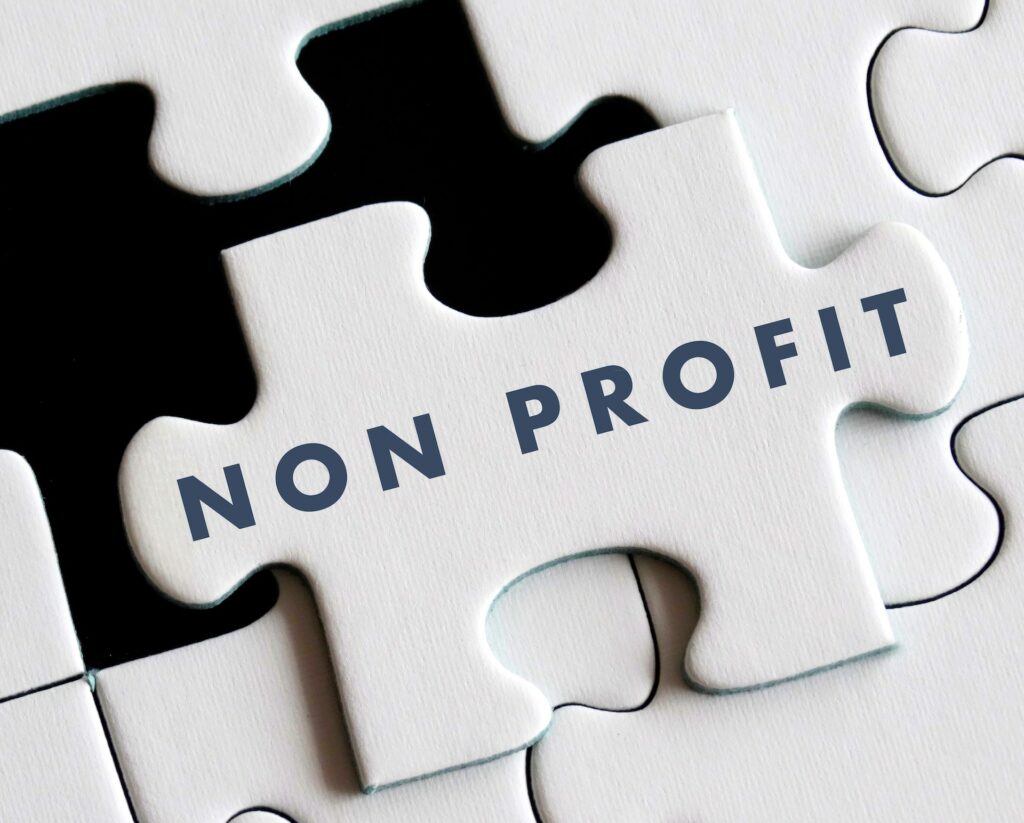Fraud is an unwelcome occurrence at any business or organization. The sting felt when an employee, executive, or vendor betrays trust and steals is difficult to overcome. This is especially true if it happened during the pandemic when Chicago nonprofits were facing significant hurdles to fundraising. Unfortunately, fraud continues to be an ever-present threat that can deplete the needed financial resources essential to sustain programming. In fact, the amount of loss from a single fraud case can be devastating.
According to the 2020 ACFE Report to the Nations, the median, per incident, nonprofit fraud loss was $75,000. This loss represents thousands of dollars that could be used elsewhere to achieve the organization’s mission. Beyond this, it also serves as a motivator for organizations to regularly review and update fraud prevention programs. To help clients, prospects, and others, Selden Fox has provided a summary of the key findings from this ACFE Report below.
About the Report
The report was conducted online to Certified Fraud Examiners globally between July and September 2019. Participants were presented with 77 questions regarding details of fraud cases including information about the perpetrator, victim organization, methods of fraud employed, and overall trends. There was a total of 7,516 survey responses received but only 2,504 were usable for purposes of the report.
- Top Detection Methods – Identifying the most effective detection methods provides important insights for organizations when improving anti-fraud controls. It was found that in 40% of cases fraud was uncovered through a tip or complaint, 17% from an internal audit, 13% from management review, 7% by accident, and 6% through an examination of documentation. Small organizations (i.e., those with less than 100 employees) are especially likely to detect occupational fraud by tip (47%). Based on the results, it is important for organizations to have a tip reporting hotline to allow anonymous reporting.
- Common Fraud Schemes – An effective fraud prevention program needs to be designed to target areas where fraud is most likely to occur. Therefore, the study wanted to understand the most common fraud schemes to help organizations focus those efforts. The survey found that in 41% of cases corruption was the primary scheme, in 30% it was billing, in 23% it was expense reimbursement, in 17% cases it was cash on hand, in 15% it was skimming, in 14% of incidents it was check and payment tampering, in 12% it was cash larceny, and in 11% it was financial statement fraud.
- Perpetrators – The position of the fraudster within an organization not only impacts the difficulty of detection but also the amount of loss. It was found that in 39% of cases an owner/executive committed fraud, 35% were the result of managers/supervisors, and only 23% involved a staff member or regular employee. Concurrently the median loss ranged from $250,000 when committed by executives to $21,000 when committed by staff members. It is obvious that fraud at the executive level poses the greatest risk to organizations.
- Behavioral Red Flags – While sometimes it is difficult to see the warnings signs that illegal behavior is occurring, it is important to be aware of the red flags. It was found that in 42% of cases the fraudster was living beyond their means, 26% experienced financial difficulties, 19% had an unusually close relationship with a vendor, 13% were irritable or defensive, and 12% were experiencing divorce or other family/personal problems. It is interesting to note that in 85% of cases reviewed in the survey responses there was a least one red flag behavior displayed while the fraud was occurring.
- Job Performance Issues – There is also evidence to suggest that job performance is affected while fraud is occurring. It was found that in 13% of cases the fraudster received poor performance evaluations, 13% of fraudsters had excessive absenteeism, 12% exhibited a fear of job loss, and 10% were denied a raise or promotion. It is interesting to note that one, or more, of these performance issues, was cited in 10% of the fraud cases examined.
- Contributing factors – While no organization is immune from occupational fraud, the nonprofit sector is particularly vulnerable due to less oversight and having fewer resources available to prevent fraud. Top three weaknesses for nonprofits include lack of internal controls, lack of management review, and override of existing internal controls.
Contact Us
The information outlined in the survey provides important details Chicago nonprofits can use to update and enhance fraud prevention programs and internal controls. If you have questions about the information outlined above or for assistance with an issue, Selden Fox can help. For additional information call us at 630.954.1400 or click here to contact us. We look forward to speaking with you soon.





